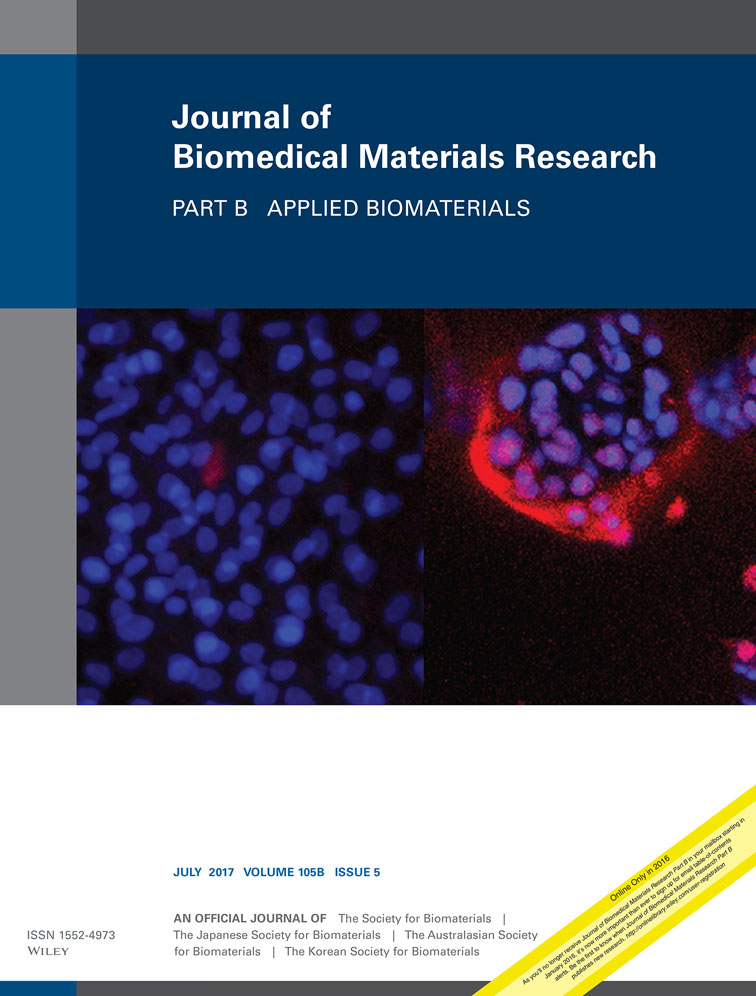Bacterial endotoxin detection in hyaluronic acid-based medical devices
Conflict of interest statement: No financial benefit of any kind was received either directly or indirectly by the authors.
Disclaimers: The mention of commercial products, their sources, or their use in connection with material reported herein is not to be construed as either an actual or implied endorsement of such products by the Department of Health and Human Services.
Abstract
A simple and rapid method has been developed for testing bacterial endotoxin in hyaluronic acid (HA)-based medical devices. High-molecular-weight HA (HMW HA) in solution or HA-based medical devices was digested by the enzyme hyaluronidase to reduce solution viscosity by truncating the long chains of HA and to test for bacterial endotoxin. The bacterial endotoxin level was detected and measured by kinetic chromogenic Limulus Amebocyte Lysate (LAL) assay. The method was applied to two different ophthalmic viscosurgical devices (OVDs) and one dermal filler, and may easily be adapted to use with up to 3% HA solutions and other HA-based medical devices. Published 2016. This article is a U.S. Government work and is in the public domain in the USA. J Biomed Mater Res Part B: Appl Biomater, 2016. © 2016 Wiley Periodicals, Inc. J Biomed Mater Res Part B: Appl Biomater, 105B: 1210–1215, 2017.




